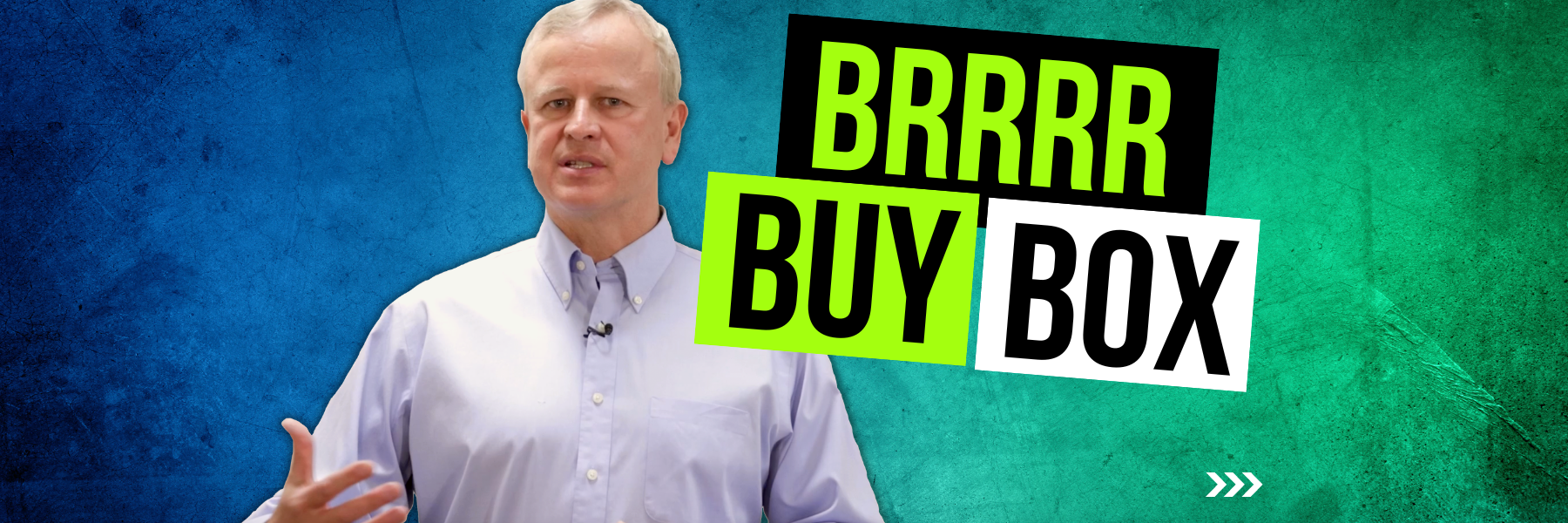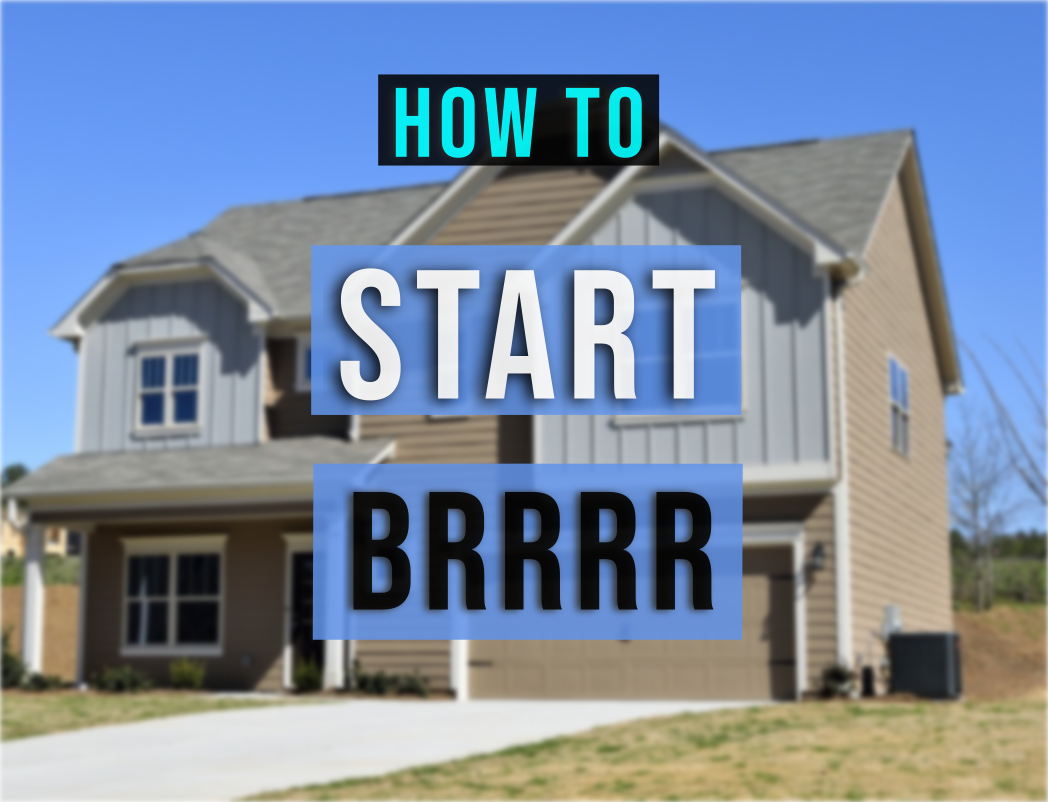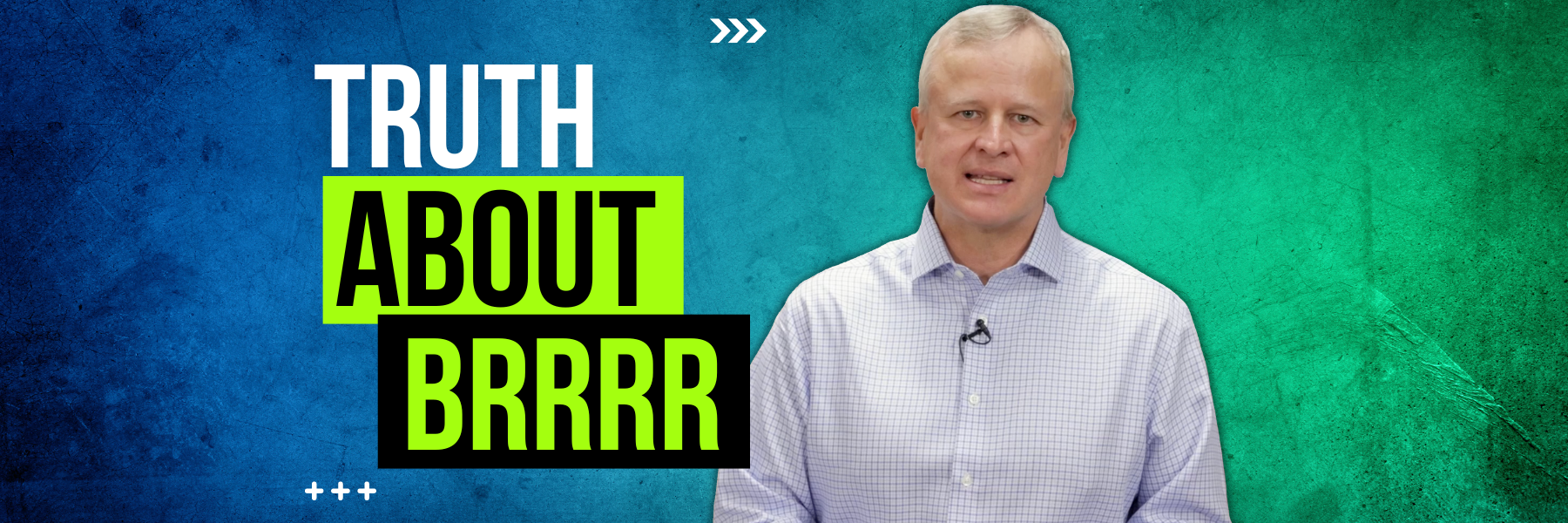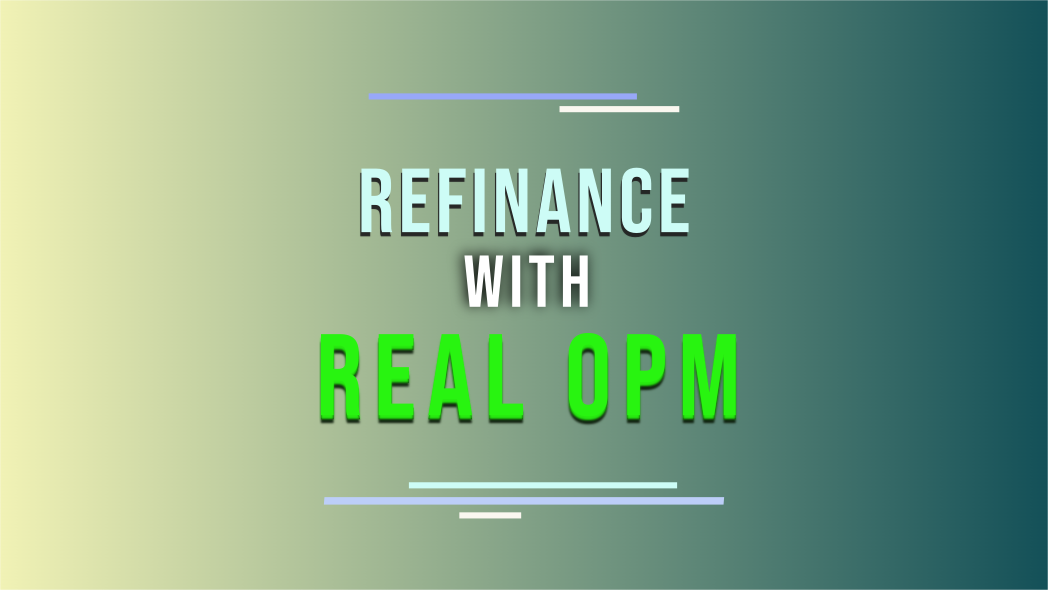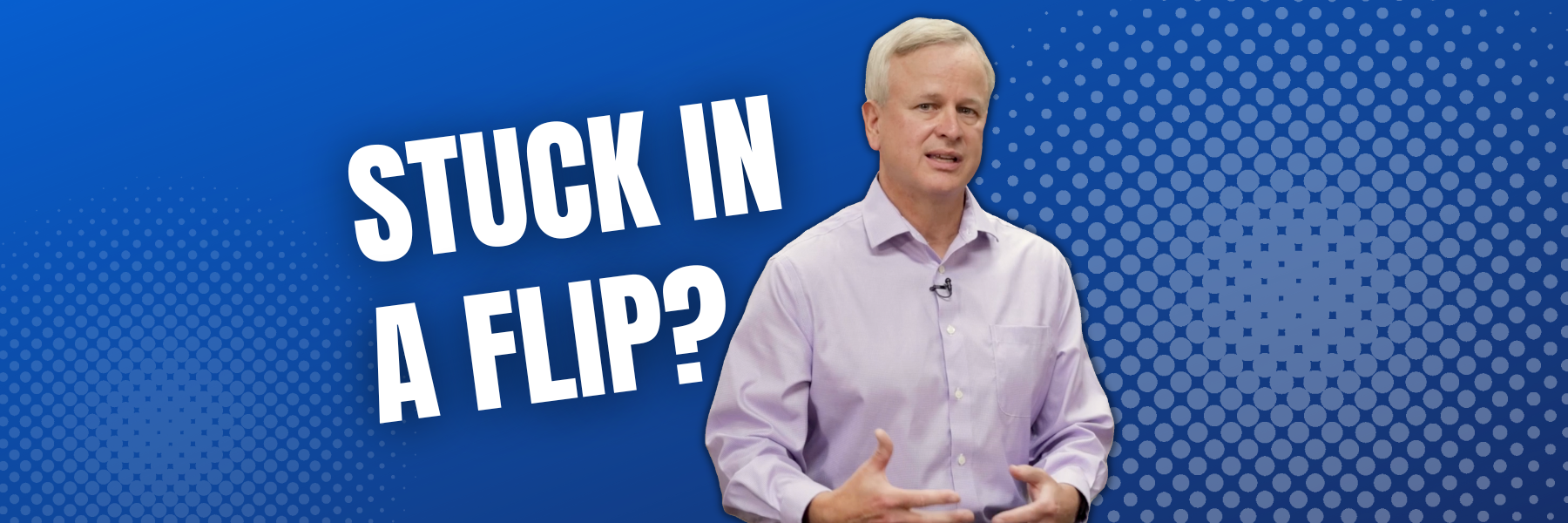Want to guarantee a successful rental property? Learn the framework: The BRRRR Buy Box.
Every BRRRR has a “buy box.”
If you don’t know yours, then you jump into the refinance stage blind. You can end up with negative cash flow, more required out-of-pocket, or not even qualifying for a refinance at all.
We’ve had clients live this nightmare. One came to us at the end of a BRRRR just to find out three of their properties wouldn’t cash flow, so they had to sell them. All because they didn’t learn their perfect BRRRR Buy Box before they started.
Let’s go over the BRRRR Buy Box to save your next rental from the same fate.
What Is the BRRRR Buy Box?
So, what is the BRRRR Buy Box? It’s a set of parameters to keep your BRRRR on track to a successful, profitable refinance. What’s in it? There are four important numbers:
- What is your minimum cash flow requirement? Not only yours, but what is your lender’s minimum net cash flow for you to qualify?
- What amount, if any, do you want to put into the property? This is money that you’re willing to keep in the property. You don’t get it back out at the refinance.
- What’s the maximum loan you feel comfortable with? What do you qualify for? What fits your cash flow requirements for this particular market?
- What’s your maximum amount for purchase and rehab? These numbers are vital to keep you in-budget with cash flowing.
Let’s go through an example of what a BRRRR Buy Box would be.
Example BRRRR Buy Box
Cash Flow Requirements
Let’s start with the first question. Say your minimum needed cash flow for a property is net $500 per month.
This is your first criteria, so you want to make sure every property you look at would cash flow $500/month. To predict cash flow, you can approximate rent in the area of the property, as well as estimate the monthly mortgage payment and other costs.
If you know you can charge $2,000 for rent, but your loan, taxes, and insurance will equal $1,450, then you can predict a $550 monthly cash flow.
Cash Put into the BRRRR
How much money do you want to put in? Some people do BRRRR for the appeal of zero down properties. Other people want to put as much in as possible at the beginning to keep loan payments down and cash flow up.
Having a target number helps you better set up your refinance.
Maximum Loan
The maximum loan doesn’t always mean the highest possible loan you qualify for. Rather, it’s the loan that works best for the property and the situation.
What is the maximum leverage you could use and still meet your cash flow requirements and the bank’s refinance guidelines?
Most banks will refinance you on rate-and-term from 75 – 80% of the appraised value, as the house sits after you’ve bought and rehabbed it. Cash out refinances cover somewhere between 65 – 75%. That may be too much for your particular area, or not enough. It’s important to understand the maximum loan for your particular deal.
Purchase and Rehab Budget
Finally, what is the maximum amount of money you can put into the purchase price and rehab? What budget fits in your buy box?
Remember that on top of the purchase and rehab, you’ll still have carry costs and closing costs. All of these numbers will have to fit within your budget.
Prevent and Prepare with Your BRRRR Buy Box
We believe in this quote:
“Prepare and prevent. Don’t repair and repent.”
This line applies to all real estate investing, but especially BRRRR. The BRRRR Buy Box is a framework designed to help you bring a “prepare and prevent” mindset to your rental investments.
The BRRRR Buy Box involves keeping the refinance at the forefront of the process. You need these 4 key pieces of information before ever closing on a property:
- Cash flow requirement.
- Money you can put in the property.
- Required loan amount.
- Purchase and rehab budget.
Knowing the BRRRR Numbers
If the maximum loan you want to do is $250,000 and you’re willing to put in $30,000, that makes $280,000 total for everything. This “everything” includes the purchase, both closings (for the initial loan and the refinance), all construction costs, and carry costs.
There are a lot of reasons to prepare for BRRRR. Poor prep results in holding the house longer, missing out on vital rent income, and paying high interest rates on a hard money loan.
Before diving into BRRRR, remember:
- The house can involve major repairs.
- Your lender could delay the appraisal process.
- You need to factor closing and carry costs into your total budget.
Don’t give up on BRRRR
Make sure you’re prepared to win at BRRRR. Know your BRRRR Buy Box, and you’ll be successful.
Nine out of the 10 people we meet who stop doing BRRRR give up because they got to the refinance and it just did not work.
They didn’t prep their buy box ahead of time. They had to bring in too much money. The house did not cash flow. They didn’t qualify for a refinance. They got stuck with a hard money loan sitting on the house, eating away at their funds.
In this situation, people usually sell at a loss, then they’re turned off from BRRRR forever.
BRRRR is an excellent process. It’s a smart way to get into rentals, if you prevent and prepare before you start buying.
Download this free BRRRR tool to plug in your numbers and understand your BRRRR Buy Box quickly and easily.
Help with Your BRRRR Buy Box
If you’re left with any questions or have a potential BRRRR deal you want us to look at, we’d be glad to help. We can go through the numbers for you and help you find your BRRRR Buy Box.
Send us an email at Info@TheCashFlowCompany.com.

